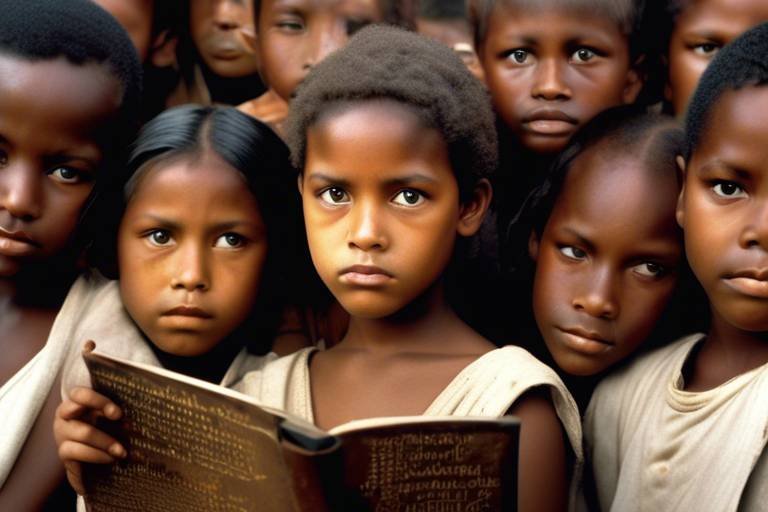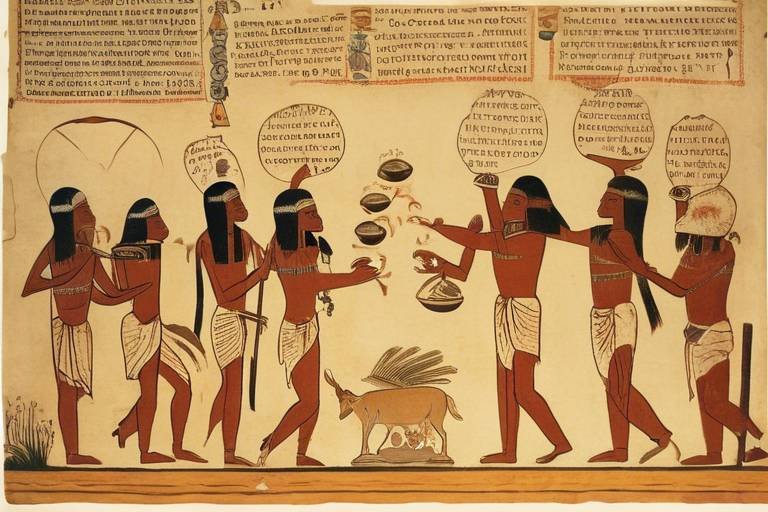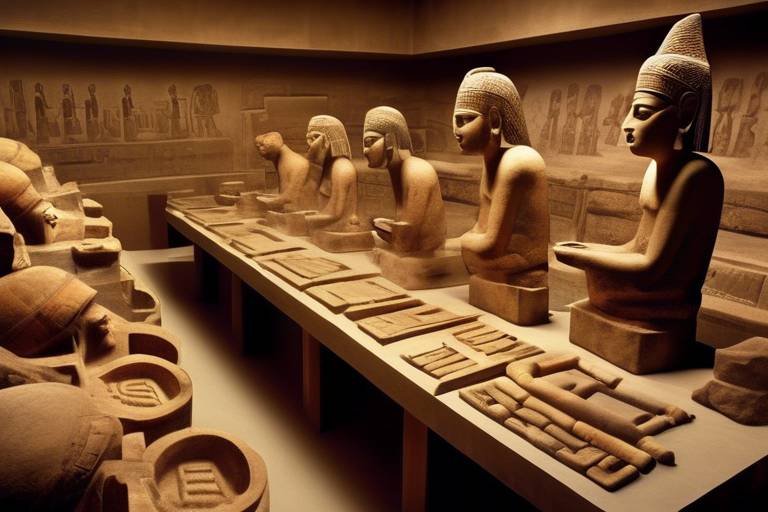The Beliefs and Practices of Ancient Egyptian Religion
Exploring the rich tapestry of beliefs and rituals that defined the spiritual practices of ancient Egypt reveals a civilization deeply intertwined with the divine. The ancient Egyptians held a complex cosmological worldview, where the forces of creation, order, and chaos shaped their understanding of the universe. Central to their beliefs was the concept of Ma'at, representing harmony, balance, and truth in both the natural and social order.
Within this intricate tapestry of beliefs, a pantheon of gods and goddesses played vital roles in maintaining cosmic order. From the powerful sun god Ra to the benevolent Osiris, god of the afterlife, and the protective mother goddess Isis, each deity symbolized different aspects of life and the cosmos. Their stories intertwined in myths that explained the origins of the world and the eternal struggle between light and darkness.
The ancient Egyptians engaged in elaborate rituals and ceremonies to honor their deities and ensure the continuity of life. Temple offerings, festivals celebrating specific gods, and the meticulous process of mummification were integral parts of their religious practices. These rituals served not only as acts of devotion but also as means to secure divine favor and blessings for the living and the deceased.
The temples of ancient Egypt stood as architectural marvels dedicated to various gods and goddesses. These sacred spaces served as centers of religious life, where priests conducted ceremonies, maintained sacred fires, and preserved the teachings of the gods. The priesthood played a crucial role in mediating between the divine and the mortal, interpreting oracles, and guiding the faithful in their spiritual journey.
Death held a profound significance in Egyptian religion, marked by elaborate funerary practices aimed at ensuring a successful transition to the afterlife. Mummification, burial rites, the Book of the Dead, and the belief in the soul's journey through the underworld were all integral parts of the funerary traditions. The Egyptians believed in a complex afterlife where the deceased would be judged and granted eternal existence based on their deeds in life.
The symbols and iconography of ancient Egyptian religion are rich with meaning and significance. The Ankh, symbolizing life and immortality, the Eye of Horus, representing protection and healing, and the scarab beetle, symbol of regeneration and transformation, all held deep symbolic value for the ancient Egyptians. These symbols were not merely decorative but carried profound spiritual meanings that connected the earthly realm with the divine.
Offerings and sacrifices played a central role in Egyptian religious rituals, symbolizing the reciprocity between humans and the divine. Various offerings, such as food, incense, and precious objects, were presented to the gods as acts of gratitude and reverence. These rituals reinforced the bond between the mortal and the divine, ensuring the continued benevolence of the gods and goddesses.
Divination and magic were also integral parts of ancient Egyptian religious practices, reflecting a belief in the supernatural forces that could influence human affairs. Oracles, amulets, magical spells, and rituals were employed to seek guidance, protection, and blessings from the gods. The Egyptians believed in a world where the boundaries between the seen and unseen were permeable, allowing for the intervention of divine forces in everyday life.
The enduring legacy of ancient Egyptian religious beliefs and practices continues to captivate the modern world, influencing art, spirituality, and popular culture. The mysteries of this ancient civilization's approach to the divine spark curiosity and fascination, inviting us to delve deeper into the complexities of their religious worldview. The echoes of ancient Egypt resonate in our understanding of the sacred, reminding us of a time when humanity sought to connect with the divine in profound and meaningful ways.

Cosmology and Mythology
Exploring the rich tapestry of beliefs and rituals that defined the spiritual practices of ancient Egypt, shedding light on their complex cosmology, deities, burial customs, and the enduring legacy of their religious traditions.
Delving into the intricate cosmological beliefs of the ancient Egyptians, including the creation myths, the concept of Ma'at, and the roles of gods like Ra, Osiris, and Isis in maintaining order.
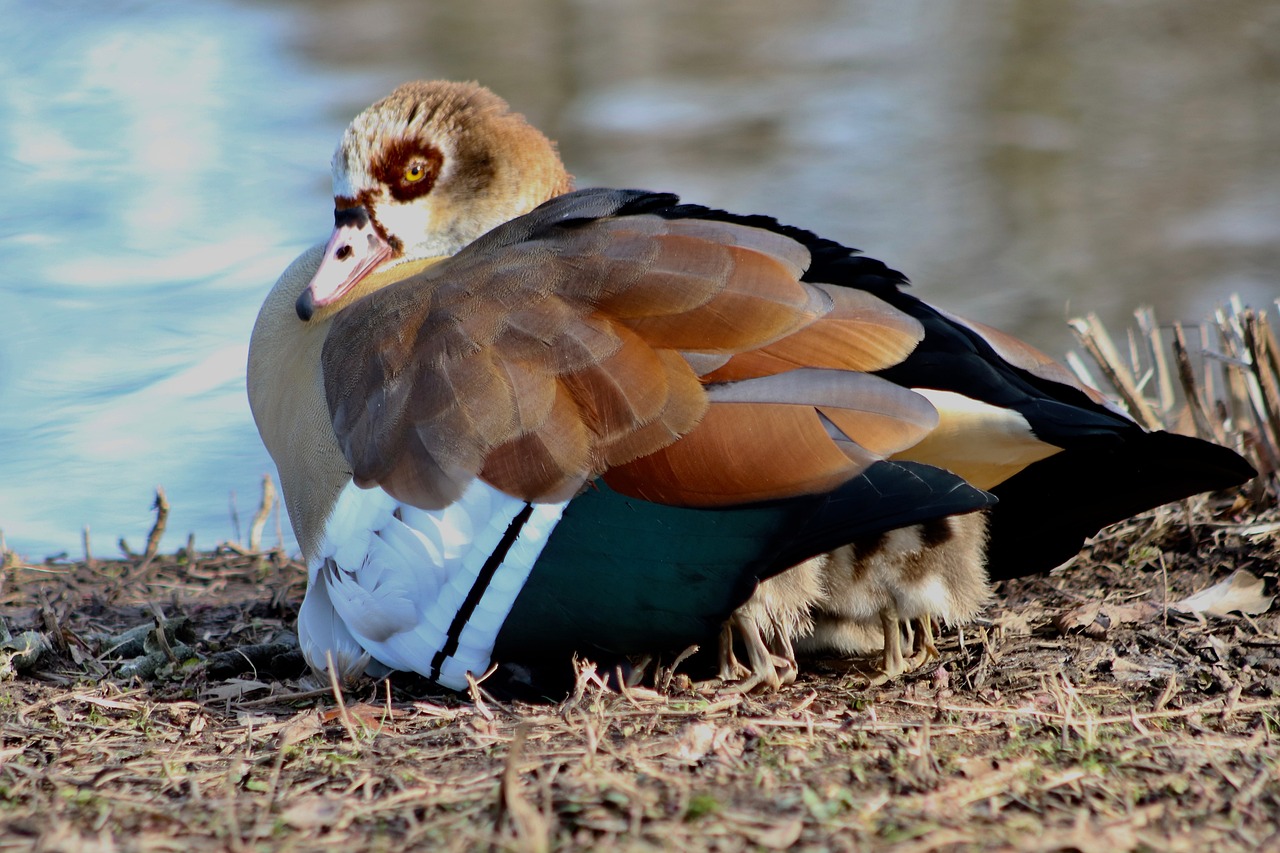
Rituals and Ceremonies
Exploring the rich tapestry of beliefs and rituals that defined the spiritual practices of ancient Egypt, shedding light on their complex cosmology, deities, burial customs, and the enduring legacy of their religious traditions.
Unveiling the various religious rituals and ceremonies performed by the ancient Egyptians was a window into their deep spiritual connection with the divine. These rituals were not mere formalities but intricate acts of devotion and reverence, intricately woven into the fabric of their daily lives. The temple offerings, for example, were not just material gifts but symbolic gestures of gratitude and worship towards the gods they believed in.
The festivals honoring deities were vibrant celebrations that brought communities together in joyous unity, reinforcing their shared beliefs and values. These ceremonies were not just about outward displays of faith but served as powerful communal experiences that strengthened the spiritual bond among the people.
One of the most intriguing aspects of ancient Egyptian religious practices was the significance of mummification in the afterlife journey. The meticulous process of preserving the body was not just a physical act but a profound spiritual ritual, symbolizing the belief in the continuity of existence beyond death and the preparation for the soul's journey to the afterlife.
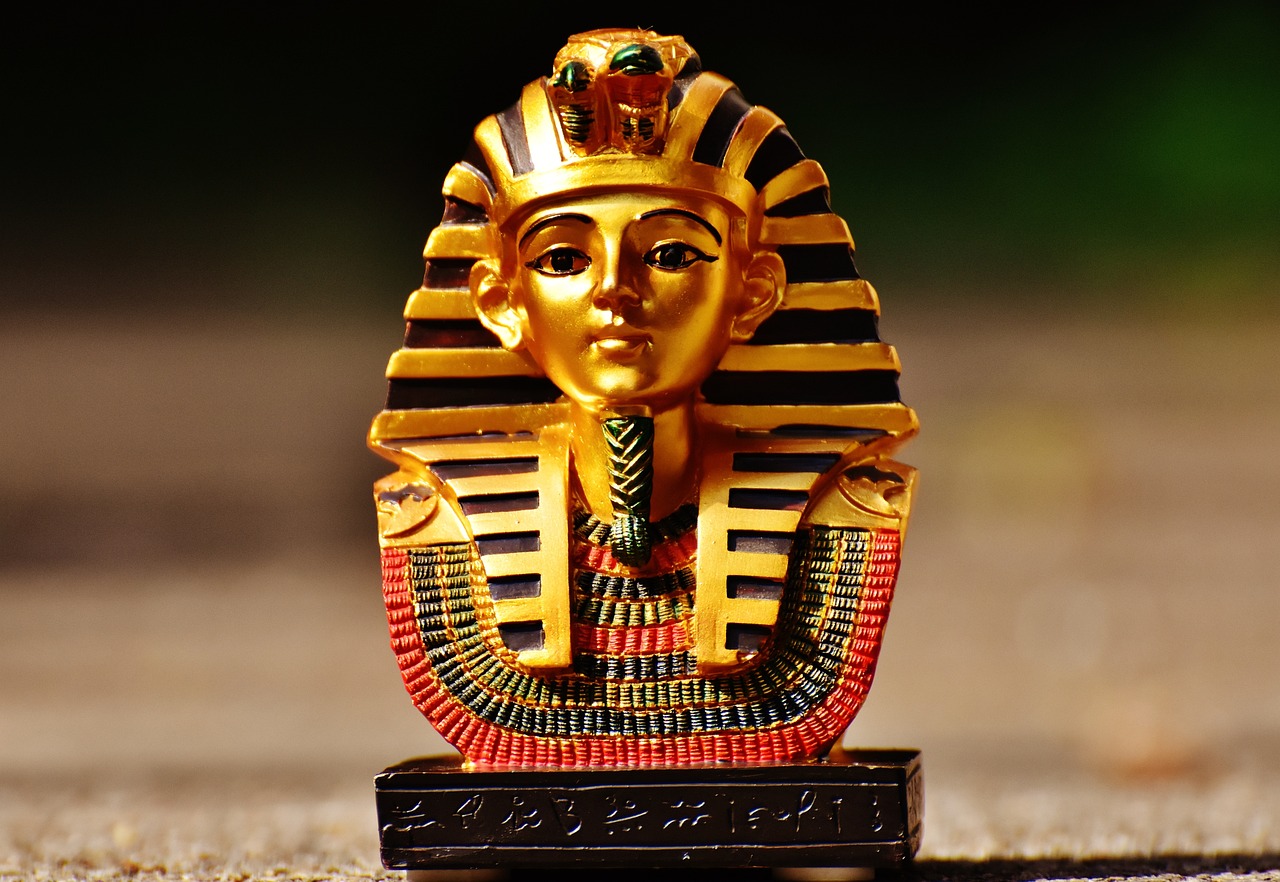
Temples and Priesthood
Temples and Priesthood played a central role in the religious landscape of ancient Egypt, serving as the physical and spiritual epicenters of worship and ritual. The temples, grand architectural marvels dedicated to various gods, stood as symbols of divine presence on earth. These sacred structures were meticulously designed and adorned with intricate hieroglyphs, paintings, and statues, reflecting the grandeur and reverence with which the ancient Egyptians regarded their deities.
The priesthood, a revered class of religious officials, held significant power and influence within Egyptian society. Priests were responsible for conducting elaborate ceremonies, making offerings to the gods, and maintaining the sacred spaces of the temples. Their duties included reciting prayers, performing rituals, and overseeing the administration of temple affairs. The high priest, often considered the intermediary between the people and the gods, held a position of great authority and respect.
Within the temple complex, priests engaged in a myriad of activities aimed at appeasing the gods and ensuring the harmony of the cosmos. They performed daily rituals, such as offering incense, food, and libations, to honor the deities and seek their favor. Special festivals and processions were organized to celebrate specific gods and goddesses, with elaborate ceremonies involving music, dance, and feasting.
The temples also served as centers of education, where priests passed down sacred knowledge and teachings from generation to generation. They preserved religious texts, such as hymns, prayers, and magical spells, inscribed on papyrus scrolls or temple walls. The training of priests was rigorous and demanding, requiring a deep understanding of religious doctrines, rituals, and the proper conduct of ceremonies.
Furthermore, the temples functioned as economic hubs, receiving offerings and donations from the faithful to sustain their operations. Wealthy individuals and pharaohs endowed temples with land, livestock, and precious goods as acts of piety and to secure divine favor. The temple treasuries amassed significant wealth and resources, enabling them to support charitable activities, provide for the priesthood, and maintain the temple infrastructure.
In essence, the temples and priesthood formed the spiritual backbone of ancient Egyptian society, embodying the close relationship between the earthly realm and the divine realm. Through their intricate rituals, sacred ceremonies, and devotion to the gods, the priests upheld the religious traditions and beliefs that shaped the cultural identity of Egypt for millennia.
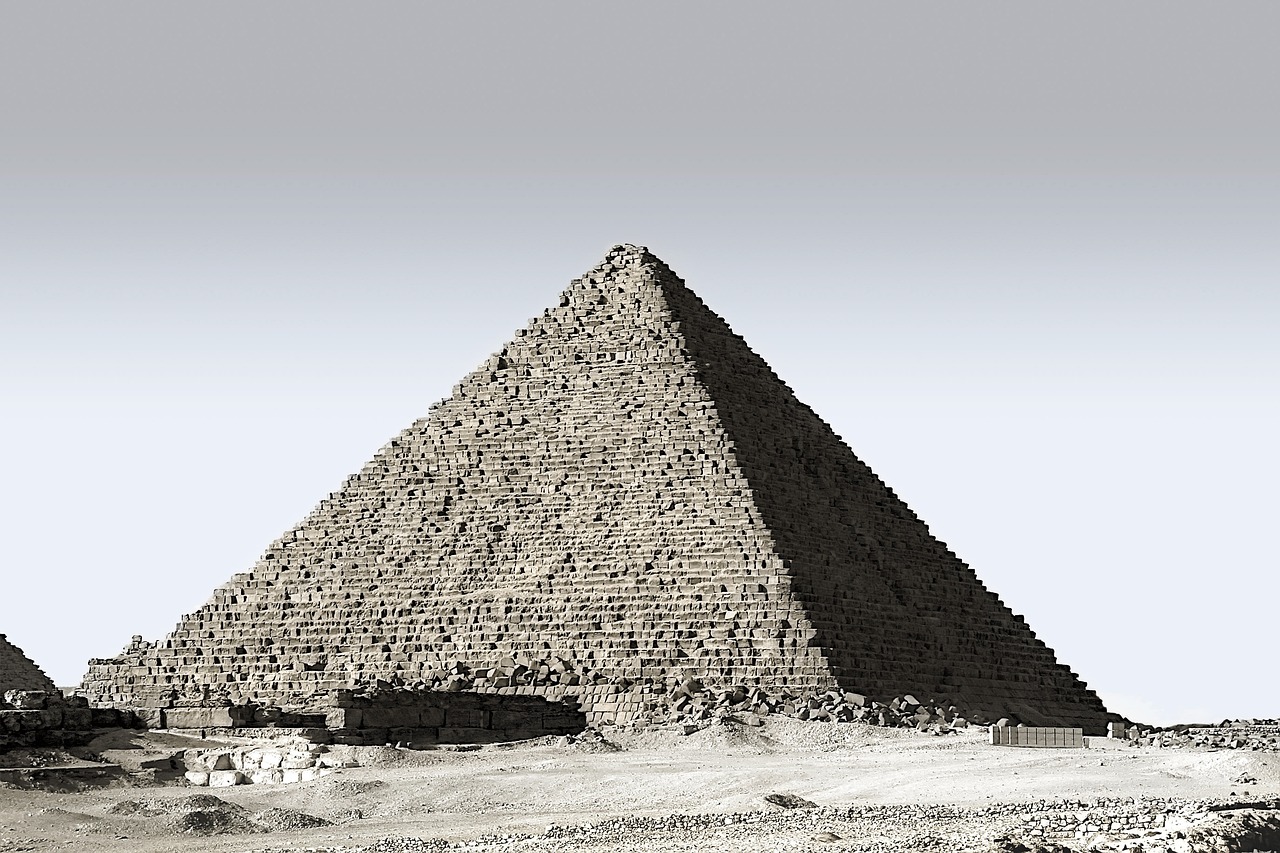
Afterlife and Funerary Practices
Exploring the beliefs and practices surrounding the afterlife and funerary rituals in ancient Egypt unveils a profound reverence for the journey of the soul beyond death. Central to Egyptian religious beliefs was the concept of the afterlife, a realm where the soul would continue its existence after departing from the physical body. This belief in the eternal nature of the soul led to the development of elaborate funerary practices aimed at ensuring a successful transition to the afterlife.
One of the most iconic aspects of Egyptian funerary practices is the process of mummification. The preservation of the body through mummification was believed to be essential for the soul to recognize and reunite with its corporeal form in the afterlife. This intricate process involved the removal of internal organs, embalming the body with various substances, and wrapping it in linen bandages. The belief in the importance of mummification reflects the Egyptians' deep-seated faith in the continuity of existence beyond death.
Accompanying the deceased on their journey to the afterlife were texts such as the Book of the Dead, a collection of spells and rituals intended to guide and protect the soul in the underworld. These texts were often inscribed on papyrus scrolls and included instructions on how to navigate the perilous obstacles of the afterlife and attain eternal bliss in the presence of the gods.
Funerary rites and burial practices in ancient Egypt also reflected the belief in the preservation of the physical body for the afterlife. Tombs were constructed to safeguard the deceased and their belongings, ensuring a comfortable and secure resting place for eternity. The intricate burial chambers, adorned with hieroglyphs and symbolic imagery, were designed to facilitate the deceased's journey through the underworld and into the realm of the gods.
Moreover, the act of burial was not merely a physical process but a deeply spiritual one, symbolizing the transition from earthly existence to the eternal realm of the afterlife. The rituals performed during the burial ceremony were imbued with symbolic significance, honoring the deceased and invoking the protection of the gods in their journey beyond death.
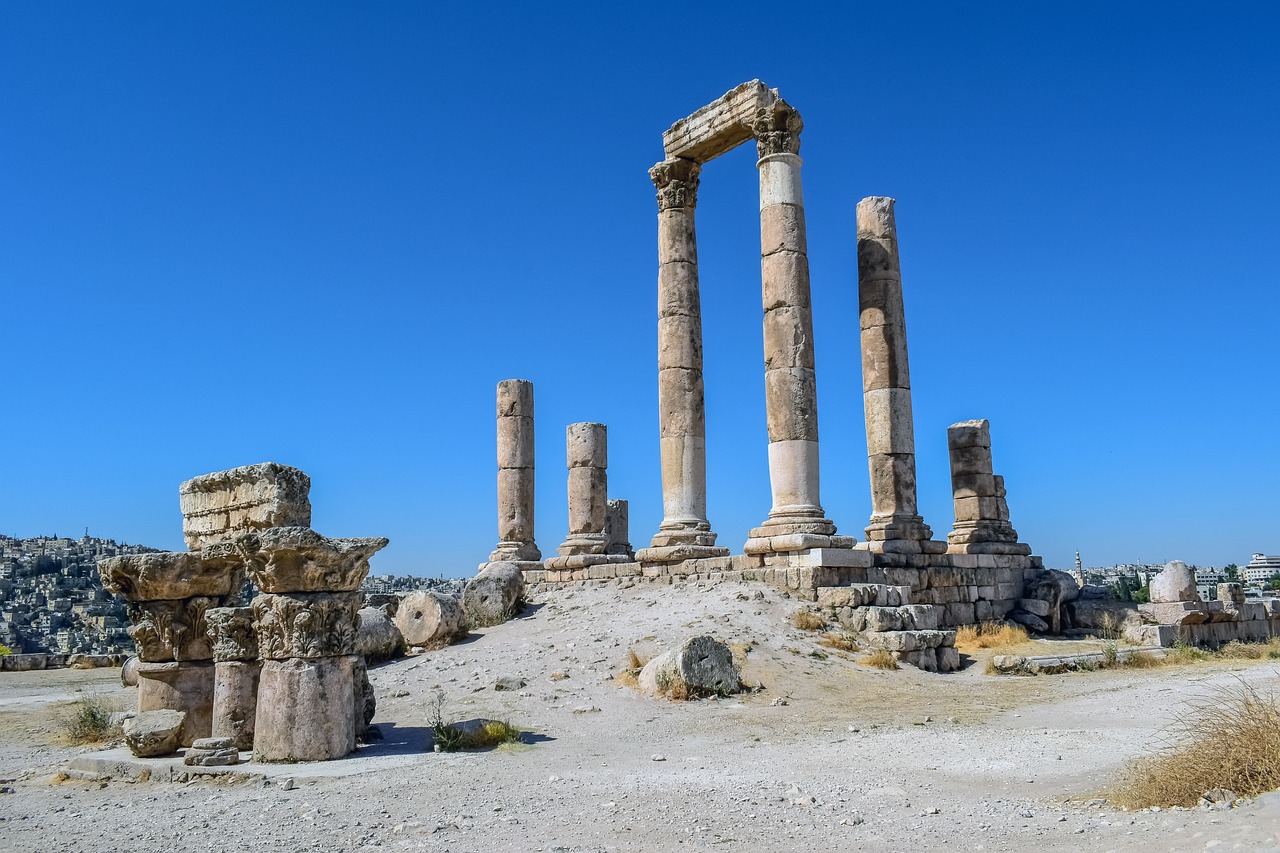
Symbols and Deities
Exploring the rich tapestry of beliefs and rituals that defined the spiritual practices of ancient Egypt, shedding light on their complex cosmology, deities, burial customs, and the enduring legacy of their religious traditions.
In ancient Egyptian religion, symbols and deities played a significant role in conveying spiritual meanings and connecting worshippers with the divine. The use of symbols like the Ankh, representing life, the Eye of Horus, symbolizing protection, and the scarab beetle, associated with regeneration, provided a visual language for understanding the mysteries of the universe.
These symbols were not mere decorations but held deep symbolic significance, reflecting the interconnectedness of life, death, and the afterlife in Egyptian belief systems. The diverse pantheon of gods and goddesses worshipped by the ancient Egyptians represented different aspects of nature, human emotions, and cosmic forces.
For example, Ra, the sun god, symbolized power and life-giving energy, while Osiris, the god of the afterlife, represented resurrection and eternal life. Isis, the goddess of magic and motherhood, embodied the nurturing and protective aspects of femininity.
Moreover, the intricate iconography associated with these deities, depicted in hieroglyphs and temple reliefs, served as a visual language through which the ancient Egyptians communicated with the divine and sought guidance in their daily lives.
By understanding the symbols and deities of ancient Egyptian religion, we gain insight into the profound spiritual beliefs and practices that shaped one of the most enduring civilizations in history.
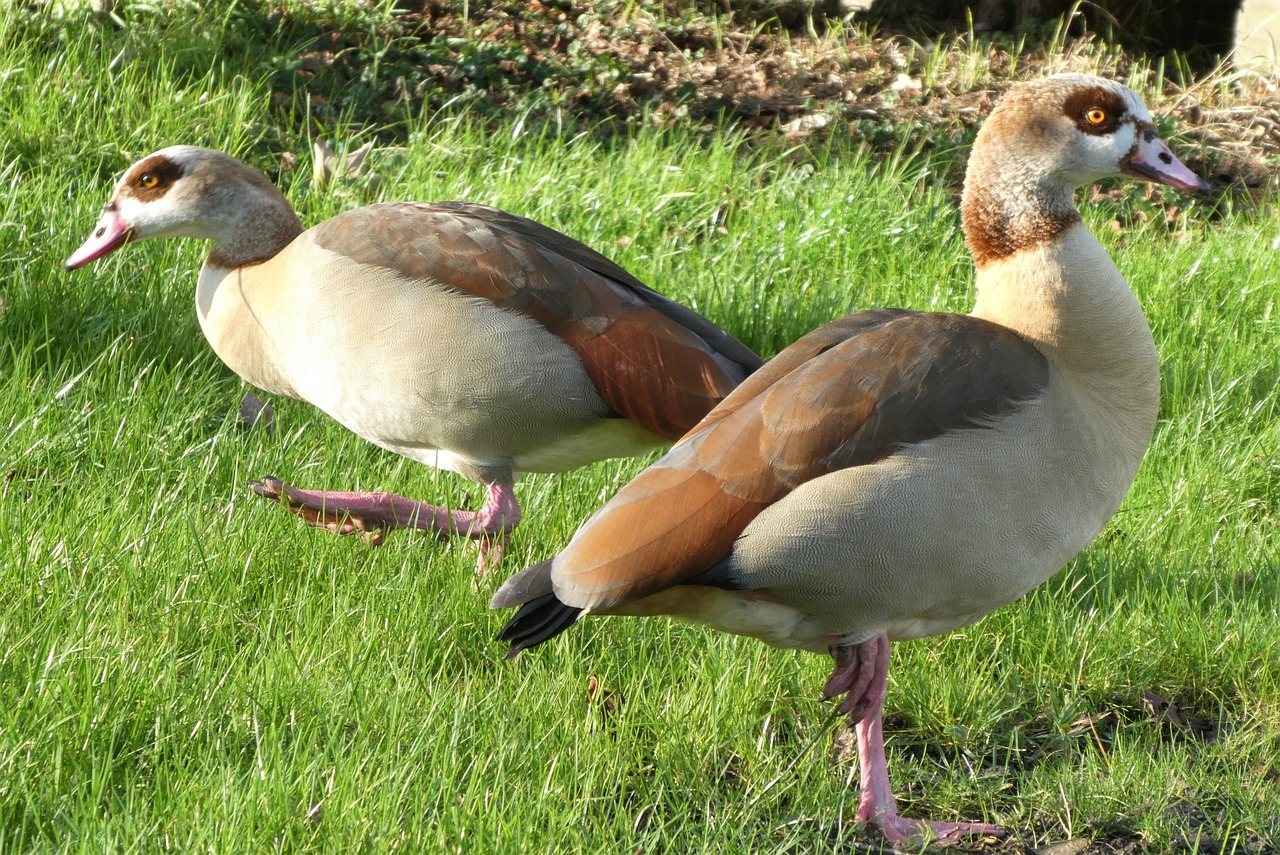
Offerings and Sacrifices
Offerings and sacrifices held a central place in the religious practices of ancient Egypt, serving as vital expressions of devotion and reverence to the gods. The act of making offerings was seen as a way to establish a connection with the divine realm and seek favor from the gods. These offerings varied in form and significance, ranging from simple food offerings to elaborate rituals conducted in temples.
One of the most common types of offerings in ancient Egyptian religious ceremonies was the presentation of food and drink. Fruits, vegetables, bread, beer, and wine were often offered to the gods as symbols of sustenance and abundance. The act of offering food was believed to nourish the deities and ensure their benevolence towards the worshipper.
Additionally, the ancient Egyptians also offered incense, oils, and precious items such as jewelry and ornaments as gifts to the gods. These valuable offerings were meant to demonstrate the devotee's respect and gratitude towards the divine beings they worshipped. The use of incense in rituals was believed to purify the sacred space and create a link between the earthly and spiritual realms.
Sacrificial practices were another significant aspect of Egyptian religious ceremonies, although they were less common than offerings. Animals such as cattle, birds, and even occasionally humans were sacrificed as part of certain rituals, particularly during festivals and important religious events. The act of sacrifice was seen as a powerful way to communicate with the gods and seek their favor in times of need.
The symbolic meanings behind offerings and sacrifices in ancient Egyptian religion were deeply rooted in the belief that maintaining harmony with the gods was essential for the well-being of both the individual and the community. By making offerings and sacrifices, worshippers sought to establish a reciprocal relationship with the divine forces that governed their lives, ensuring protection, prosperity, and spiritual guidance.
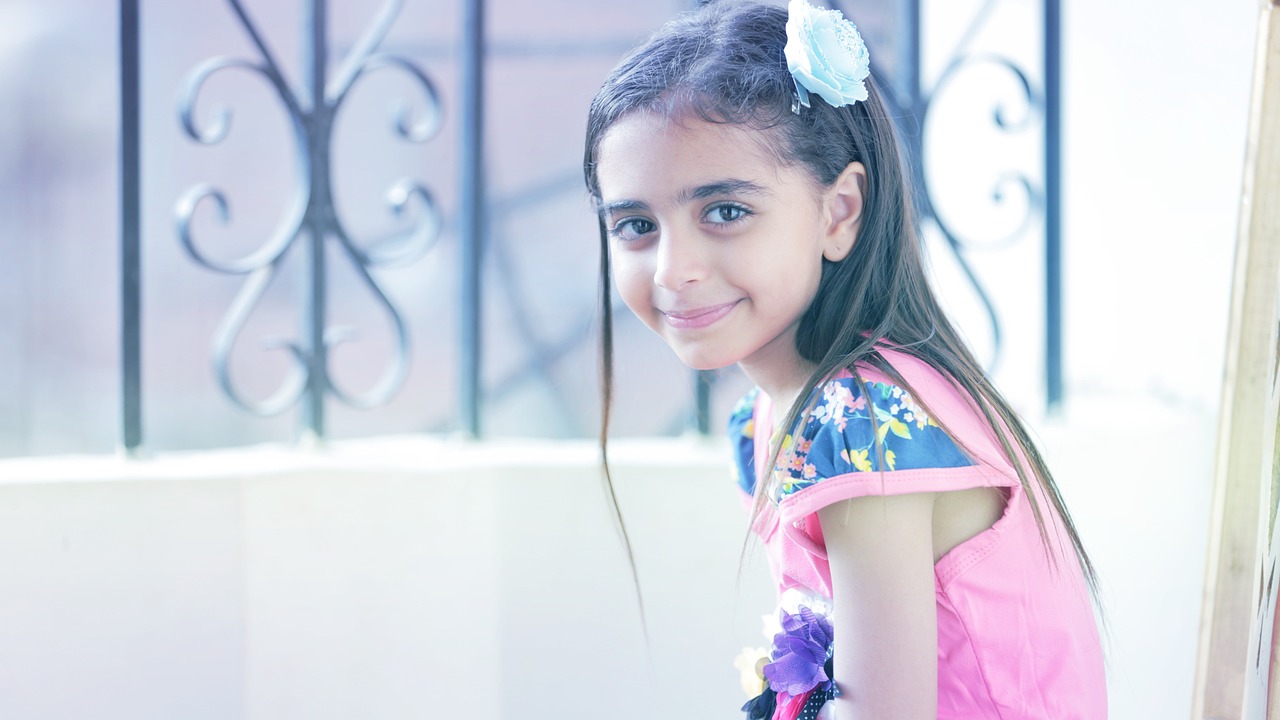
Divination and Magic
When delving into the realm of ancient Egyptian religion, one cannot ignore the mystical practices of . These facets played a significant role in the spiritual landscape of the time, offering a means to connect with the divine and navigate the uncertainties of life.
Divination, the art of seeking knowledge of the future or the unknown, was a common practice among ancient Egyptians. Priests and seers would use various methods such as interpreting dreams, observing natural phenomena, or consulting oracles to gain insights into the will of the gods. The belief in a predetermined fate intertwined with the concept of free will shaped the way divination was approached, guiding individuals in making decisions and understanding their place in the cosmic order.
Magic, on the other hand, was seen as a powerful force that could influence both the natural and supernatural realms. Ancient Egyptians believed in the existence of magical spells and incantations that could harness the energies of the gods and protect against malevolent forces. The use of magical amulets, charms, and rituals was widespread, with individuals seeking to ward off evil, promote healing, or ensure success in various endeavors.
One of the most intriguing aspects of Egyptian magic was the belief in the ka, an individual's spiritual essence that could be empowered through magical practices. The intricate connection between the physical body and the spiritual self was a central tenet of Egyptian magic, with rituals aimed at harmonizing these aspects to achieve balance and protection.
Furthermore, the ancient Egyptians viewed magic not only as a means of personal empowerment but also as a tool for maintaining cosmic order. By aligning themselves with the forces of nature and the divine hierarchy, practitioners of magic sought to uphold Ma'at, the principle of truth, justice, and harmony that governed the universe.
Overall, the practices of divination and magic in ancient Egyptian religion offer a fascinating glimpse into the spiritual beliefs and cultural practices of this ancient civilization. From seeking guidance through oracles to harnessing the power of magical incantations, the Egyptians' approach to the mystical world reflects a deep reverence for the interconnectedness of all things.
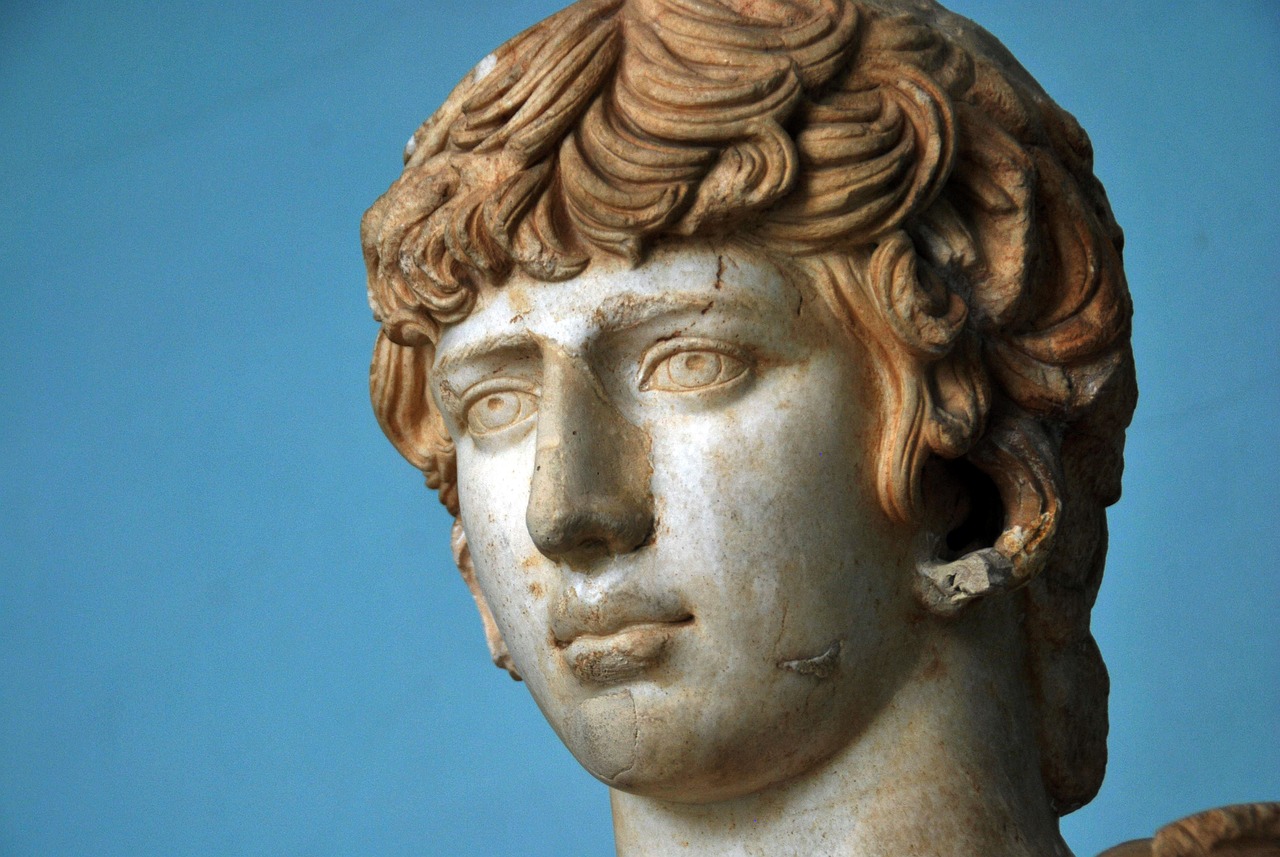
Legacy and Influence
Reflecting on the enduring legacy of ancient Egyptian religious beliefs and practices reveals a profound influence that transcends time and borders. The mystical allure of their cosmology, rituals, and deities continues to captivate modern minds, inspiring art, literature, and spiritual quests.
The intricate symbolism and iconography of ancient Egyptian religion have left an indelible mark on the collective imagination. The Ankh, symbolizing life and immortality, the Eye of Horus representing protection and healing, and the scarab beetle symbolizing rebirth, all carry profound meanings that resonate across cultures.
Moreover, the diverse pantheon of Egyptian gods and goddesses, each with their unique attributes and domains, has found echoes in contemporary spirituality. The enduring popularity of deities like Isis, Osiris, and Thoth showcases the timeless appeal of their stories and symbolism.
Ancient Egyptian funerary practices, with their emphasis on preservation and preparation for the afterlife, have influenced cultural practices worldwide. The concept of mummification, the elaborate burial rites, and the belief in a journey through the underworld have seeped into popular culture, shaping perceptions of death and the afterlife.
Furthermore, the architectural marvels of Egyptian temples, with their grandeur and precision, stand as a testament to human devotion and ingenuity. The role of priests in conducting rituals and maintaining cosmic balance reflects a deep reverence for the divine and a commitment to upholding spiritual traditions.
As we unravel the mysteries of ancient Egyptian religion, we uncover not just a historical curiosity but a profound connection to our shared human quest for meaning and transcendence. The legacy of their beliefs and practices endures as a beacon of wisdom and wonder, inviting us to explore the depths of the human spirit and the mysteries of the divine.
Frequently Asked Questions
- What were the core beliefs of ancient Egyptian religion?
Ancient Egyptian religion revolved around the worship of a pantheon of gods and goddesses, the concept of Ma'at (balance and order), and the belief in the afterlife. They believed in the existence of the soul, the importance of mummification for preserving the body, and the journey of the soul to the afterlife.
- How did ancient Egyptians view their gods and goddesses?
Ancient Egyptians viewed their gods and goddesses as powerful beings who controlled different aspects of life and nature. Each deity had specific roles and attributes, and they were worshipped through rituals, offerings, and ceremonies to seek their favor and protection.
- What was the significance of mummification in ancient Egyptian religion?
Mummification was a crucial practice in ancient Egyptian religion as they believed that preserving the body was essential for the soul to recognize and reunite with it in the afterlife. The process of mummification involved removing organs, preserving the body with natron salts, and wrapping it in linen bandages.
- How did ancient Egyptians honor their deities through offerings and sacrifices?
Ancient Egyptians offered a variety of items to their gods and goddesses, including food, drink, incense, and symbolic objects. Sacrifices were also made, such as animals, to show devotion and seek blessings from the deities. These offerings were believed to sustain the gods and maintain cosmic order.




